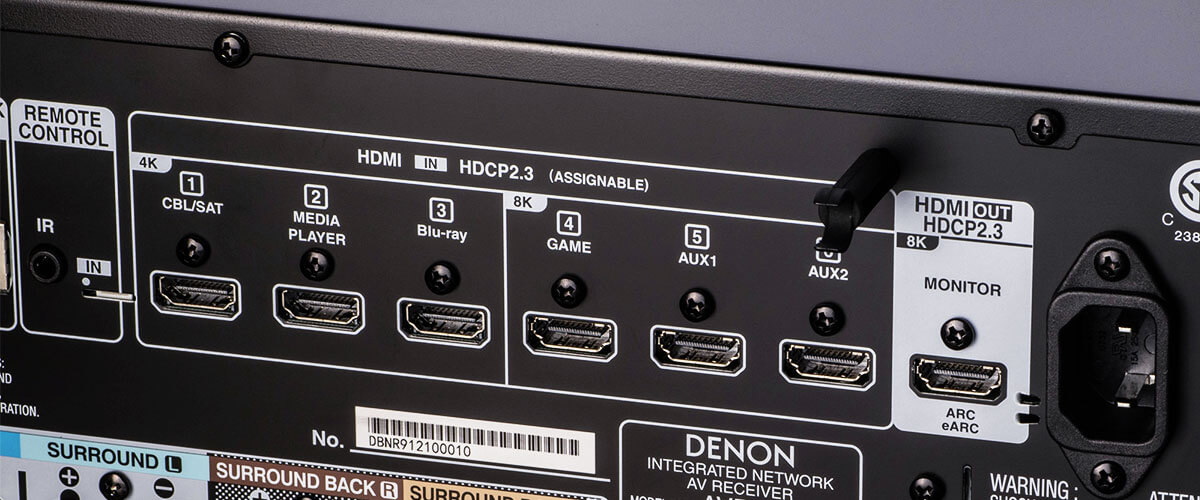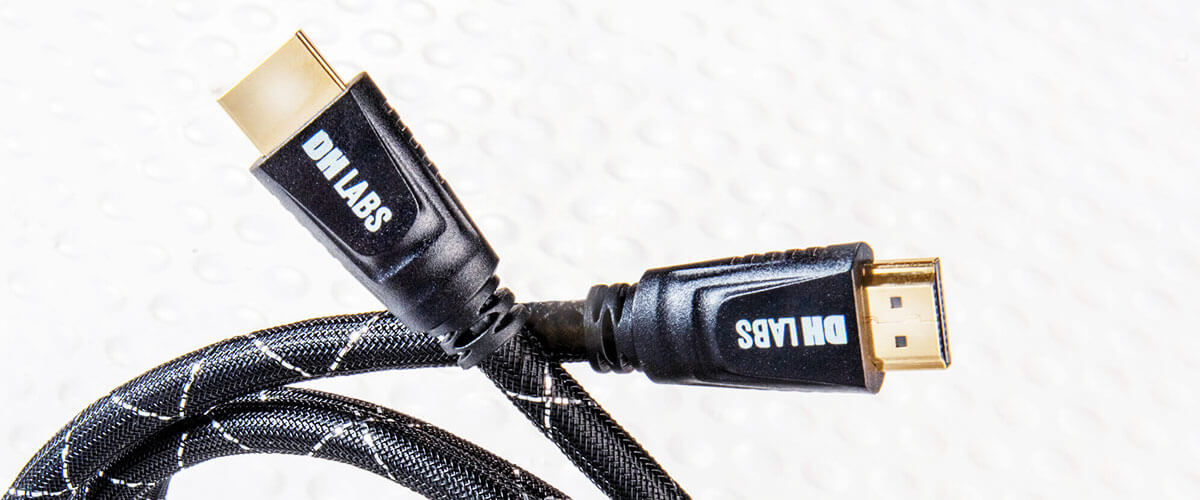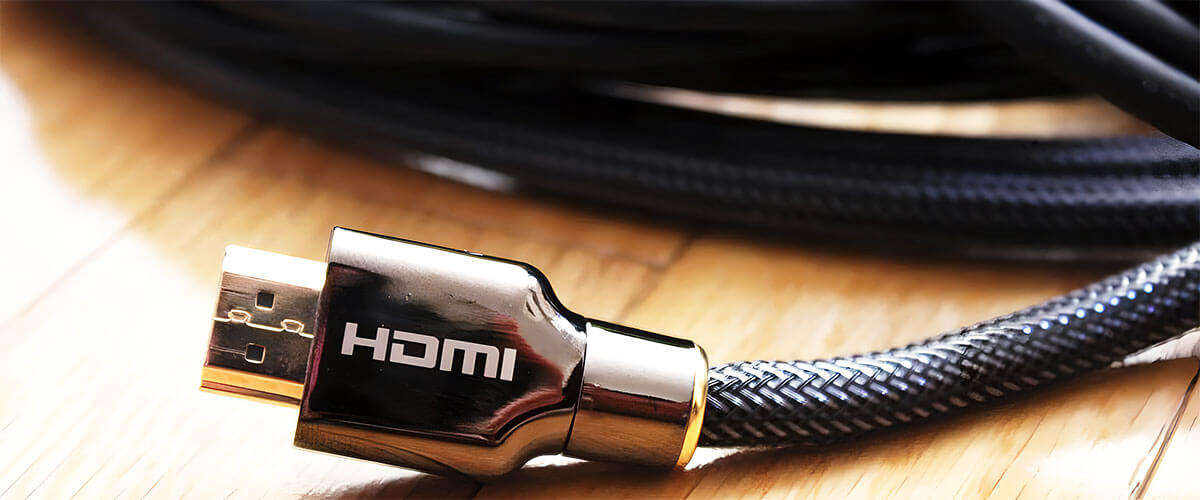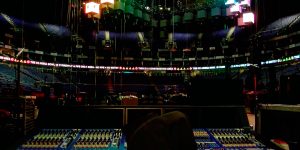We live in a unique era of technological breakthroughs and innovations. The video capabilities of various devices (TVs, projectors, monitors, etc.) are reaching an incredible level. But equally important to the experience is realistic audio to immerse the listener into the scene. That level of premium multi-dimensional sound is now accessible for home theaters thanks to surround sound technologies like Dolby Atmos, which have found a perfect partner for delivery through HDMI 2.0 connectivity. Combined with ultra HD picture quality, this can create lifelike entertainment immersion. So, I will explain how HDMI 2.0’s technical capabilities for bandwidth and features provide the perfect backbone to support and enhance the Dolby Atmos soundscape.
What is Dolby Atmos?

Dolby Atmos is an immersive audio technology developed by Dolby Laboratories. It introduces the concept of audio “objects” with their own data about spatial positioning, movement, etc. These objects can be mapped to any speaker system.
This unique development enables a more immersive listening experience by introducing the height plane of sound above the listener, including overhead and ceiling speakers. It has been used in cinemas equipped for Atmos as well as home theater systems and soundbars that use upward-firing speakers or virtualization technology. The content needs to be specifically mixed in Dolby Atmos to take advantage.
Dolby Atmos has evolved considerably since its origins in cinemas to now being available in home theaters and sound systems. First launched in cinemas in 2012, it required special speakers, including overhead ones, to be placed throughout theaters. Initial home versions in 2014 relied on the presence of in-ceiling speakers, limiting adoption. The introduction of TVs and soundbars with upward-firing speakers and virtualization processing opened up Dolby Atmos to a wider range of homes.
Overview of HDMI 2.0

HDMI 2.0 is a standard for HDMI connectivity (not the newest, as there is already more advanced 2.1), used to transmit audio and video signals between devices like Blu-ray players, game consoles, streaming devices, AV receivers, and TV displays. Released in 2013, the main benefits compared to older HDMI versions are higher bandwidth capacity and new features. It enables support for 4K video at 60fps and color depths of 8 or more bits per color channel. New features include HDCP 2.2 copy protection standard, 4:4:4 chroma subsampling for reduced color bleed, and support for 21:9 movie aspect ratios. This allowed consumers to build advanced home theater setups to get the most out of new TV technologies during this time period.
The key differentiation of HDMI 2.0 specs compared to previous versions is the increased bandwidth capacity of – 18 Gbps, while original HDMI 1.0 (2002) supported up to 4.9 Gbps bandwidth, HDMI 1.3 (2006) – 10.2 Gbps, HDMI 1.4 (2009) – 10.8 Gbps. This allowed source devices and displays to maximize ultra HD video capability without compression or performance sacrifices. The increased bandwidth has, therefore, future-proofed HDMI connectivity for extremely high-fidelity visuals demanded by modern displays.
Compatibility of Dolby Atmos with HDMI 2.0

Yes, HDMI 2.0 connections support Dolby Atmos. Next, I want to focus on some of the technical features of audio and video support within the Dolby Atmos and HDMI 2.0 interaction.
Common audio bitrates for Dolby Atmos can range from 384 kbps to 768 kbps, depending on the specific implementation. To fully enjoy Dolby Vision content in all its HDR glory, there are specific Dolby Vision HDMI requirements to keep in mind. Full HD (1080p) requires around 5-10 Mbps, while Ultra HD (4K) from 15 Mbps to 100 Mbps, depending on compression. HDMI 2.0 supports 4K video resolution at 60 fps. This is important for those who want to enjoy both high-quality video and immersive audio.
Let me show you an example where we have 4K video at 30fps with a bit rate of 20 Mbps and Dolby Atmos audio with a bit rate of 640 kbps:
Total Bit Rate=20Mbps+0.64Mbps=20.64Mbps
HDMI 2.0, with its maximum data transfer rate of 18 Gbps, is generally sufficient to support the combined bit rates of high-definition video and enhanced audio formats like Dolby Atmos. However, I’d consider the specific requirements of the content and devices used.
When setting up a home theater system with Dolby Atmos, ensuring proper audio transfer is required to experience the full immersive effect of the technology. Verify that all components in your setup, including the TV, AVR, and source devices, support Dolby Atmos and are equipped with HDMI ports capable of handling the necessary bandwidth.
By the way, I always use high-quality HDMI cables that support the required bandwidth for Dolby Atmos. I favor cables of oxygen-free copper (OFC) with foam polyethylene insulation. Make sure that your cables meet the HDMI version standards required for Dolby Atmos transmission.







